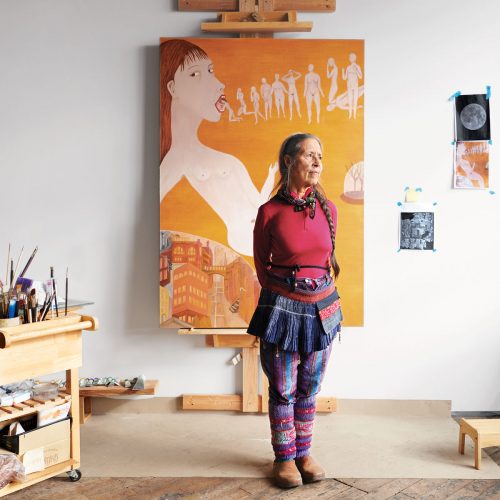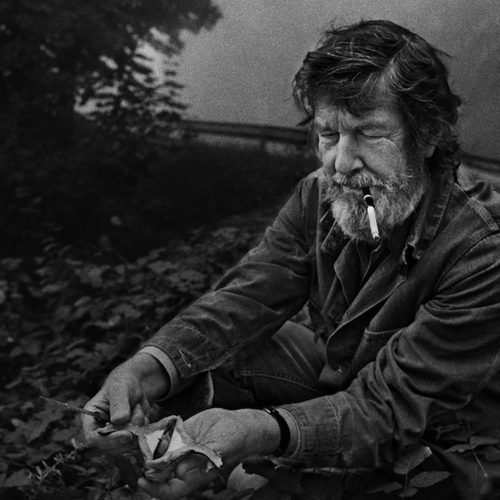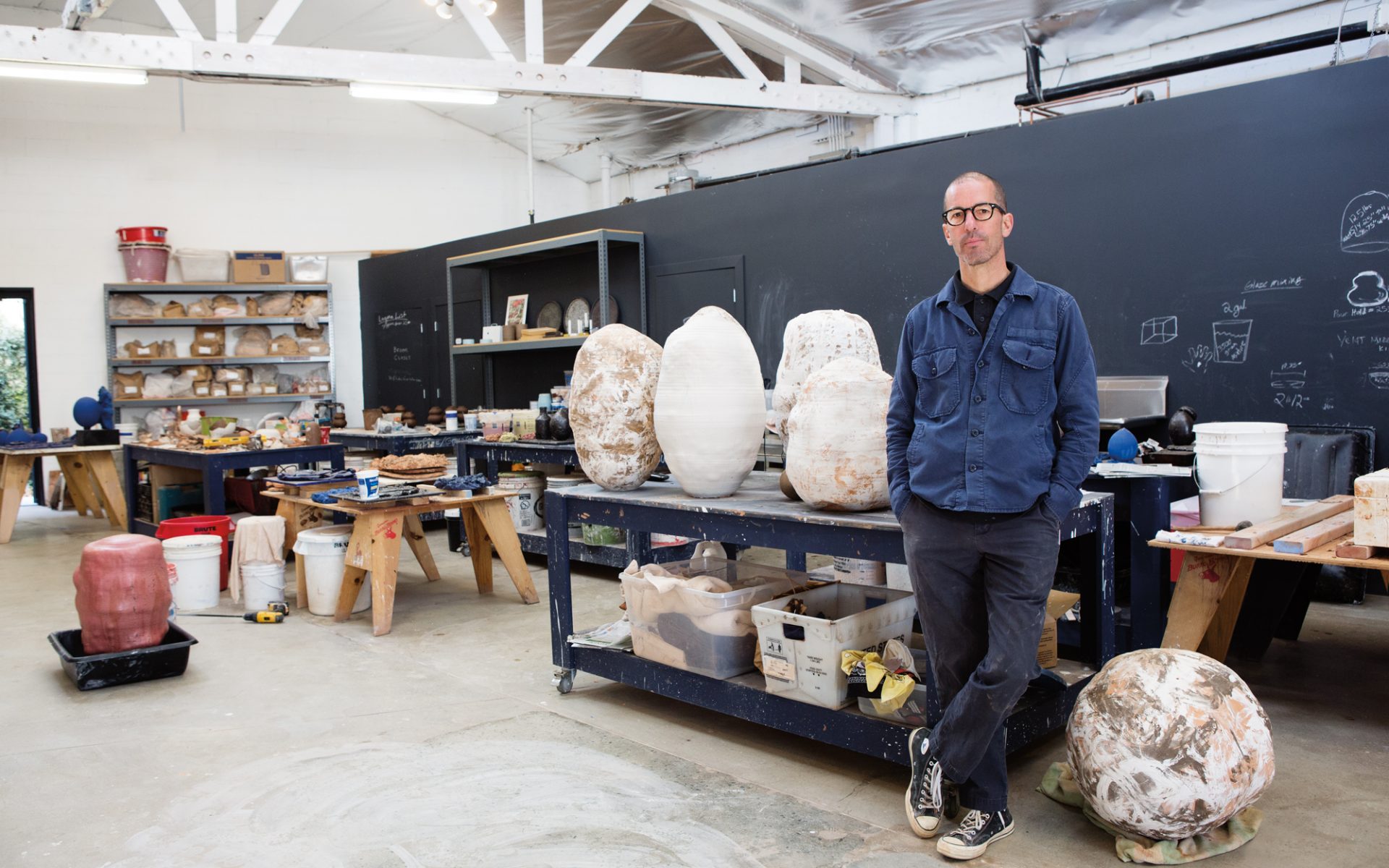

Adam Silverman Is Reshaping the Future of Ceramics
The California-based potter gets experimental with his latest work
Adam Silverman is an artist, a designer, a potter—but maybe, most important to me, he’s a risk taker. He pushes the boundaries of pottery, and the increasingly intertwined worlds of art and design. Silverman has long straddled this line between form and function. He studied architecture at the Rhode Island School of Design, and once ran a successful fashion company. Both experiences have influenced his current expressionist form-making.
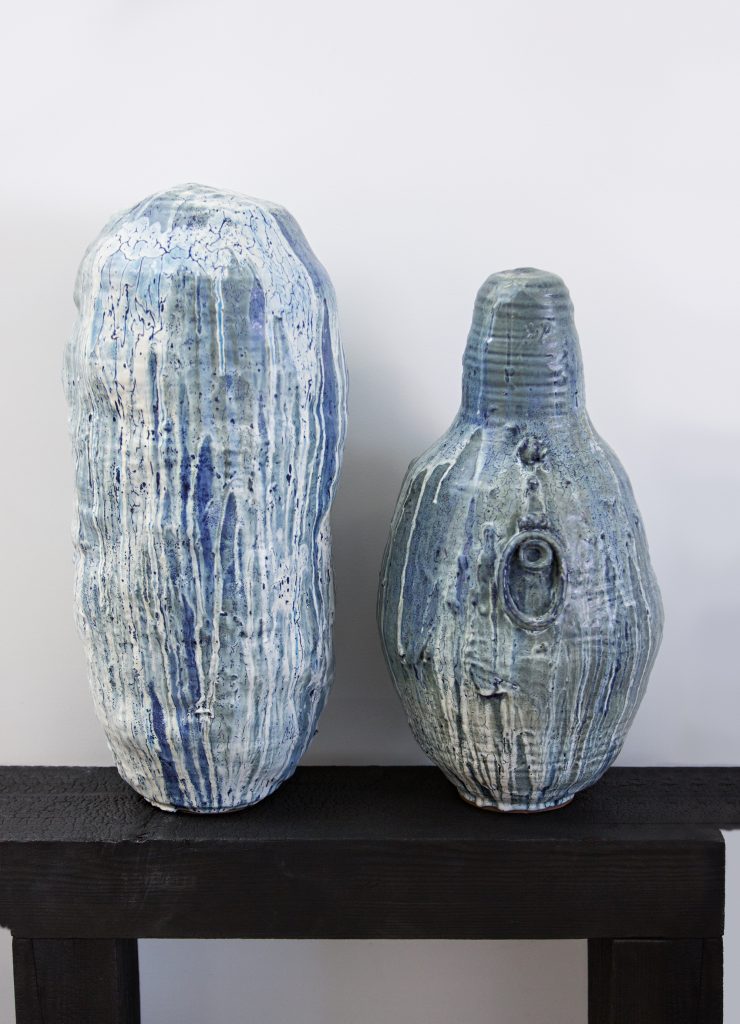
He had a previous ceramics studio, Atwater Pottery, which is where I was first introduced to his work—soon becoming a client and friend. Then he spent five years as creative director of Heath Ceramics in Northern California, where he helped breathe new life into the storied ceramic tableware company. About two years ago, Silverman decided to double-down on himself. He began a new chapter, opening an eponymous studio in Glendale, and taking a full step toward the middle of his self-described “creative” Venn diagram.
The gamble has paid off: Silverman is now producing the most exciting and challenging work of his career. Currently, he is represented by the Los Angeles-based gallery Cherry and Martin and by Friedman Benda, in New York. But is he a designer showing at a fine arts gallery? Or an artist at a design gallery? As Silverman explains, “Artist. Designer. Potter. I am happy to be all of those things.”
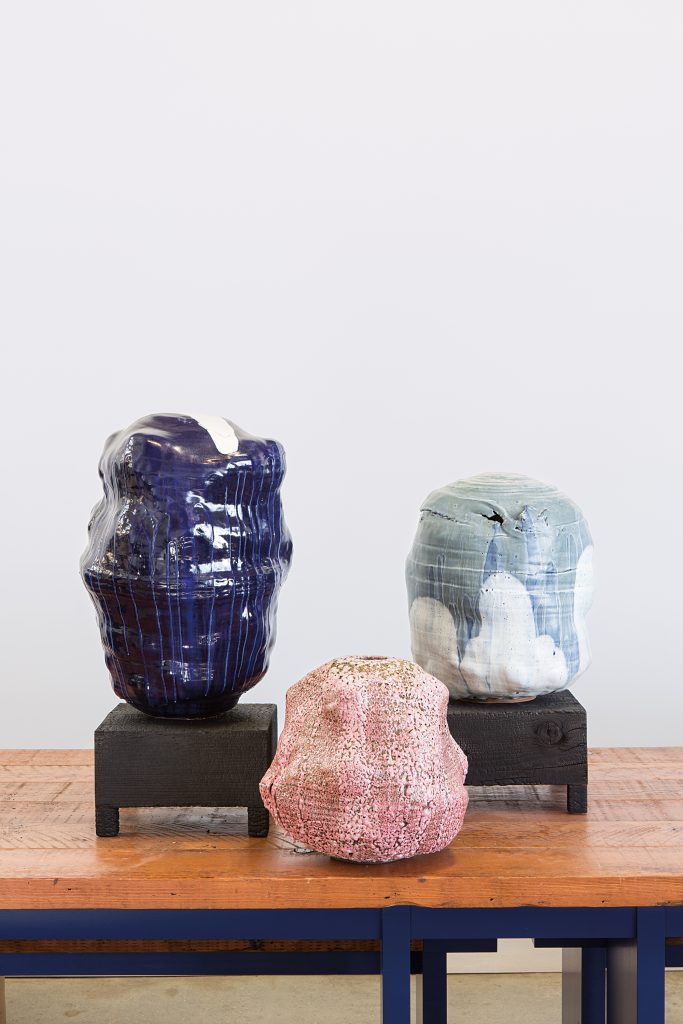
At times his pieces are vessels—based on the idea of function. Other times, Silverman closes the vessel’s hole, providing an expression of proportion and color that challenges contemporary notions of the ceramic discipline, grabbing the torch of heroes such as Peter Voulkos, Ken Price, and John Mason. “The word potter is important and continues to be relevant, not because I do or don’t make functional pots, but because working at the potter’s wheel is still the foundation of my studio practice,” he said.
Silverman is known to fire his works four or five times after constructing forms in stoneware, and for applying his precise chemistry of glazes. Each fire risks the piece in order to change its alchemy, and Silverman occasionally loses a gem, but it’s this game of chance that helps to create the beautiful, complex pinks and rich blues that have become his signature. Silverman is constantly experimenting with form and with other materials.
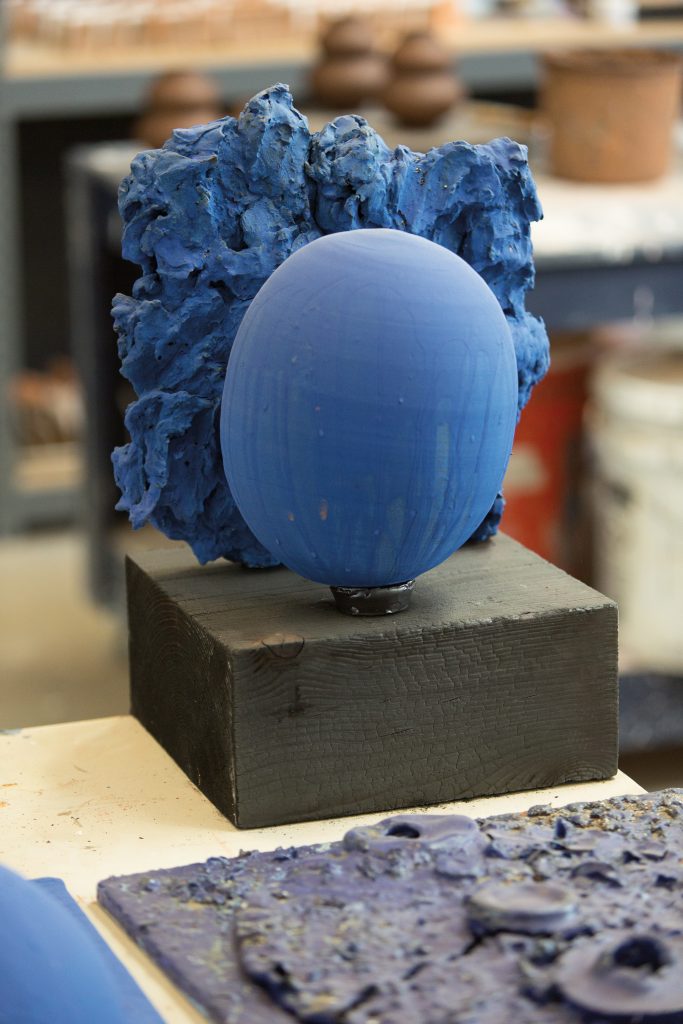
While his practice is rooted in the centuries-old tradition of throwing clay, he often approaches the work as an installation artist, creating whole environments rather than singular objects. Many ceramic works sit atop bases that he constructed himself. Prejudices about art and the boundaries between mediums are present, but today, discerning collectors are realizing that art doesn’t exist simply as a painting on the wall or a sculpture on a pedestal. In a larger context, Silverman compares ceramics to photography “which took decades to be taken seriously as an art form, and now is part of the establishment.” Silverman is not only pushing the boundaries of his chosen medium, but is helping to push his medium forward.

